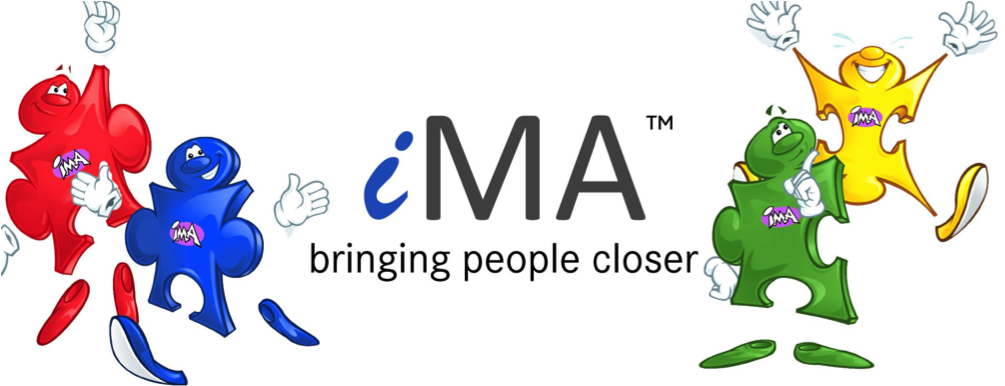In this article I will look at how transparent communication can prevent misunderstandings, build trust, and significantly reduce any workplace conflict. You will learn practical strategies as a leader that you can implement today. So often is the case that the root cause of conflict in the workplace is poor and opaque communication – which is why transparency is key to reducing this.
Why Transparency Matters More Than Ever
Workplace conflict rarely begins with big issues.
It usually starts with:
- assumptions,
- unclear expectations,
- mixed messages,
- or silence.
In other words, a total lack of transparency.
When communication isn’t clear, people fill in the gaps themselves. And that’s where tension grows.
Transparent communication stops conflict before it starts by replacing the guesswork with clarity, honesty, and trust.
What Is Transparent Communication?
Transparent communication is about sharing information openly, honestly, and in a timely way.
It’s definitely not about oversharing; ideally, we want people to have the tools they need to understand, align, and perform with confidence.
Transparency includes:
✔ Clear expectations
✔ Realistic goals
✔ Honest updates
✔ Open feedback
✔ Explaining the “why,” not just the “what”
When people understand decisions, direction, and expectations, workplace harmony improves dramatically.
1. Transparency Eliminates Assumptions
Assumptions are one of the biggest sources of conflict.
When information is vague, people interpret it based on:
- past experiences
- personal insecurities
- workplace politics
- misunderstandings
Transparent communication reduces assumptions by giving people facts rather than leaving them to fill in the blanks.
Clarity removes confusion, and confusion fuels conflict.
2. Transparency Builds Trust — The Foundation of Conflict-Free Teams
When leaders communicate openly, teams feel:
- informed,
- respected,
- and included.
This builds trust, and trust reduces defensive behaviour, a common driver of conflict.
People are far less likely to become frustrated or resistant when they understand the reasoning behind decisions.
3. Transparency Improves Feedback and Reduces Tension
Feedback often triggers conflict when it feels sudden, unfair, or unclear.
Transparent communication creates a culture where feedback is:
- expected
- constructive
- ongoing
- and two-way
This means issues are addressed before they grow into frustrations.
Employees feel safer to speak up, ask questions, and clarify expectations.
4. Transparency Helps Teams Navigate Change Smoothly
Change is one of the biggest triggers for workplace conflict.
When people don’t know what’s happening, they worry.
Transparent communication helps by:
- sharing updates early
- explaining the purpose behind change
- outlining expected impact
- addressing concerns openly
When people understand the bigger picture, they’re more accepting, cooperative, and resilient.
5. Transparency Reduces Hidden Agendas and Misinterpretation
Secretive communication creates uncertainty.
Uncertainty creates anxiety.
Anxiety creates conflict.
Transparent communication keeps everyone on the same page.
There’s less room for:
- rumours
- mixed messages
- power struggles
- territorial behaviour
The more open the information flow, the healthier the culture becomes.
6. Transparent Leaders Create High-Performing Teams
When leaders communicate transparently, teams:
- work with more confidence
- make better decisions
- collaborate more easily
- understand priorities clearly
- waste less time on rework or disputes
Reduced conflict means more focus on productivity and performance.
And it creates a workplace where people feel respected and want to stay. And when teams feel informed, valued, and supported, retention improves dramatically — reducing the high cost of employee turnover. For a deeper look at why retention matters more than constant recruitment, see this article.
How to Build More Transparent Communication at Work
Here are simple, practical ways to increase transparency every day:
- Share the “why” behind decisions
- Communicate expectations clearly and early
- Give regular updates, even when nothing has changed
- Encourage questions without judgement
- Clarify roles and responsibilities
- Admit mistakes quickly and openly
- Ask for feedback and act on it
- Use iMA to ensure that you know how everyone is going to communicate with you and how to adapt your own communication style so that you don’t rub anyone up the wrong way. (ima-ashleyboroda.com) There are four different styles of communication, ensure you are using the right style with the right person.
Small habits create big cultural shifts. Big rewards for relatively small amount of input.
And Finally….
Transparent communication doesn’t just reduce workplace conflict; it transforms the entire working environment.
When people understand what’s happening, why it’s happening, and what’s expected of them, they:
Trust more
Argue less
Cooperate better
Perform well
And the organisation benefits from a calmer, clearer, more productive culture.
Because clarity isn’t a “nice to have.”
It’s a strategy and one that pays off every day.




